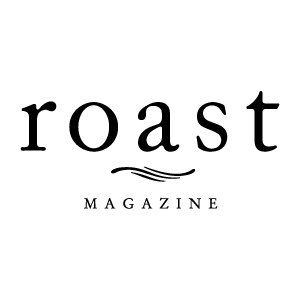Buy Less To Do More: Coffee Sourcing Through Partnership and Planning
By Ever Meister
As we start to see a light at the end of the tunnel of these “unprecedented times,” many coffee-roasting companies are thinking about the future again. The struggles of the past year-plus (survival, supply chain) and the momentum of social change all around us have catalyzed a period of reflection and revival that could lead to real progress and growth as an industry.
The realities facing smallholder coffee farmers, from rising costs and stagnant prices to environmental challenges, have come into sharp focus in recent years. Producers need income stability, a reliable marketplace, and opportunities to access the necessary tools to do business: credit, risk management and good buyers.
Now, many roasters are facing the same sorts of obstacles. Costs are rising while consumer demographics are changing, thanks in part to covid-19-related economic flip-flopping and operating restrictions. Roasters need price stability, reliable sources for coffee, and the ability to tell a great story in order to attract customers. Many are also seeking to make a real and lasting impact with their business—to give back to the coffee world in a sustainable way.
As it turns out, one of the sourcing strategies that seems to most benefit roasters in these areas also has the potential to create a scaffold for producers, especially during times when the retail and foodservice markets are still topsy-turvy: Buy more coffee from fewer producers.
In order for a smaller-sized roasting company to transition its inventory from “a little of this and a little of that” to one that focuses on strategic volume buying, it’s important to make a plan. Commitment, communication, conflict resolution and compromise are required—but creativity is key. For many of the roasters for whom this type of partnership is a valued part of their sourcing, it means making room for more coffees from individual growers and finding appropriate uses for those coffees.
Advertisement










